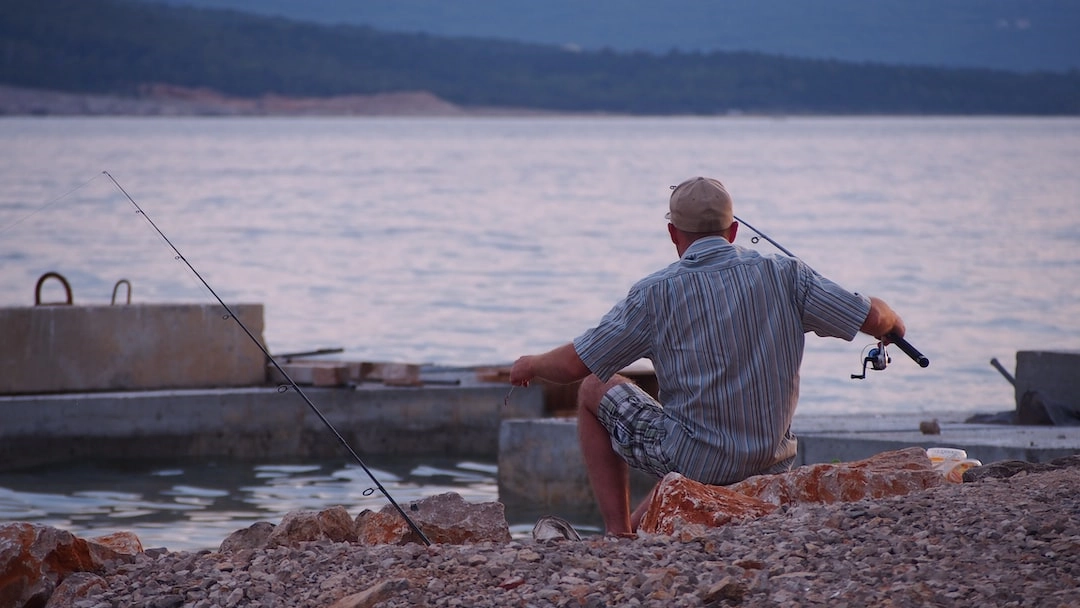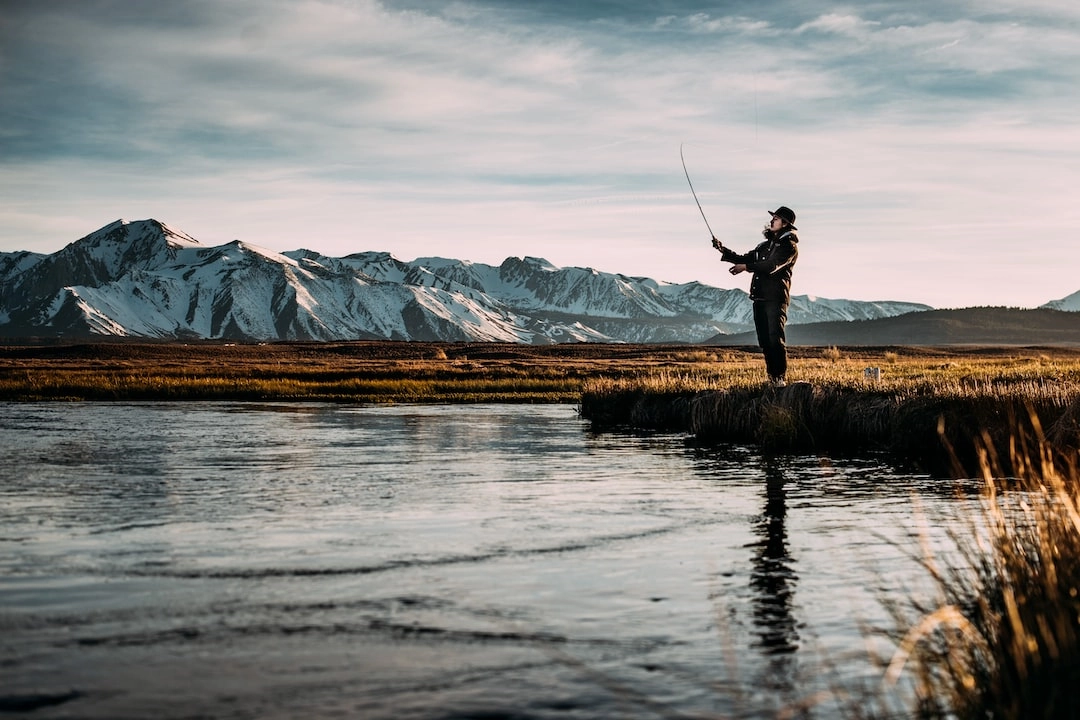
What are Sustainable Fishing Practices?
Sustainable fishing practices refer to methods and strategies that prioritize the long-term health and conservation of fish populations and their ecosystems. These practices aim to strike a balance between meeting human demands for seafood and ensuring the sustainability of marine environments.
Real-World Problems Associated with Unsustainable Fishing Practices
Overfishing:
One of the major problems facing our oceans is overfishing. Overfishing occurs when the rate at which fish are caught exceeds their ability to reproduce and replenish their populations. This leads to a decline in fish stocks, disrupting the natural balance of marine ecosystems and threatening the livelihoods of fishing communities.
Bycatch:
Bycatch is the unintentional capture of non-target species in fishing operations. It is a significant problem that results in the unnecessary loss of marine life. Many species, including sea turtles, dolphins, and seabirds, are caught in fishing gear and often perish. Bycatch not only threatens the survival of these species but can also lead to imbalances in marine food webs.
Habitat Destruction:
Unsustainable fishing practices, such as bottom trawling or using destructive fishing gear, can cause substantial damage to marine habitats. Bottom trawling, for example, involves dragging large nets across the seafloor, resulting in the destruction of vital coral reefs, seagrass beds, and other critical habitats. This habitat destruction has far-reaching ecological consequences, affecting numerous marine species and the overall health of the ocean.
Illegal, Unreported, and Unregulated (IUU) Fishing:
IUU fishing refers to fishing activities that take place in violation of national or international regulations. This problem is widespread and has severe implications for fisheries management and marine conservation efforts. IUU fishing disrupts the effectiveness of sustainable practices, undermines the livelihoods of legitimate fishers, and contributes to the depletion of fish stocks.
Climate Change:
Climate change poses a significant threat to the world’s oceans and fish populations. Rising sea temperatures, ocean acidification, and changes in currents and weather patterns directly impact the health and distribution of marine species. The warming waters push fish populations towards cooler regions or shifts their migration patterns, potentially disrupting ecosystems and livelihoods that depend on them.
In Conclusion
Sustainable fishing practices are vital to protect our oceans and ensure the long-term viability of fish populations. By addressing issues such as overfishing, bycatch, habitat destruction, IUU fishing, and climate change, we can work towards a more balanced and sustainable approach to fishing, preserving the health and biodiversity of our oceans for future generations.

Solutions for Sustainable Fishing Practices
1. Implementing and enforcing fishing regulations:
Establishing and effectively enforcing fishing regulations is crucial to prevent overfishing and ensure sustainable practices. This may include setting catch limits, implementing fishing seasons, and enforcing size restrictions to allow fish populations to reproduce and replenish.
2. Adopting selective fishing techniques:
Selective fishing techniques aim to minimize bycatch by using gear and methods that target specific species while reducing the capture of non-target species. This can be achieved through the use of modified fishing gear, such as turtle excluder devices or acoustic deterrents, to avoid accidentally catching and harming non-target species.
3. Protecting critical habitats:
Preserving and protecting critical marine habitats, such as coral reefs, seagrass beds, and mangroves, is essential for the overall health and resilience of marine ecosystems. Implementing marine protected areas and sustainable coastal development practices can help safeguard these habitats from destructive fishing activities.
4. Promoting sustainable seafood consumption:
Encouraging consumers to choose sustainable seafood options can incentivize fisheries to adopt more sustainable practices. Certification programs, such as the Marine Stewardship Council (MSC) and Aquaculture Stewardship Council (ASC), help consumers identify and support sustainable fisheries and aquaculture operations.
5. Enhancing international cooperation and regulation:
Addressing the challenges of illegal, unreported, and unregulated (IUU) fishing requires international collaboration. Strengthening cooperation between countries and implementing effective monitoring, control, and surveillance measures can help combat IUU fishing and protect marine resources.
6. Adapting to climate change:
Recognizing and addressing the impacts of climate change on fish populations is crucial for their long-term survival. This includes developing strategies to monitor and mitigate the effects of warming waters and ocean acidification, as well as promoting sustainable fishing practices that consider climate change impacts and aim to ensure resilience in fisheries.
In Conclusion
By implementing and embracing these solutions, we can work towards more sustainable fishing practices that protect our oceans and ensure the long-term health of fish populations and marine ecosystems.















